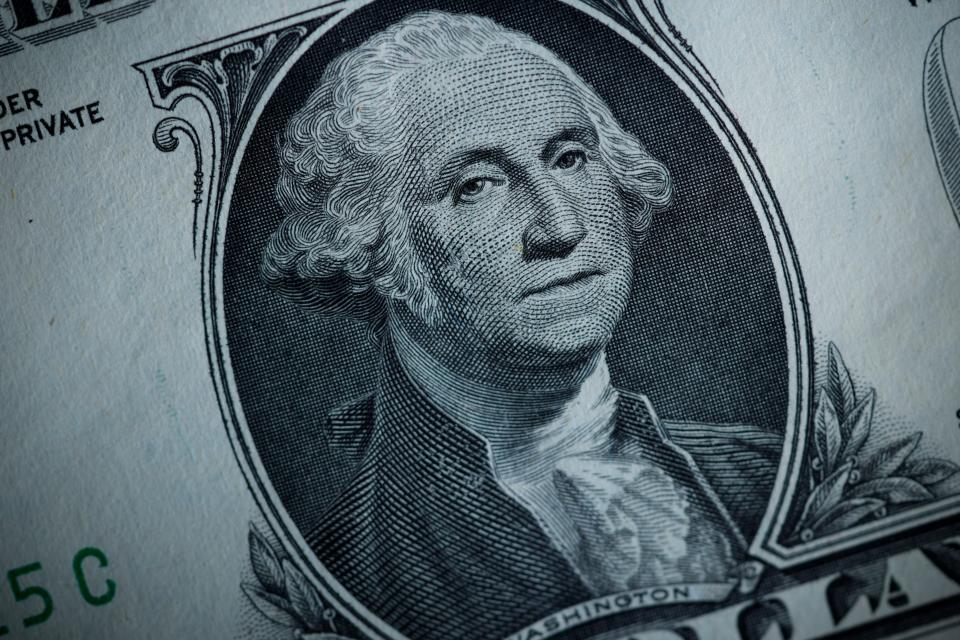Return of the saver: how you can make higher interest rates work for you

These are heady days for savers.
After about 15 years of miniscule returns on savings accounts, certificates of deposit, money market accounts and government bonds, savers are now finding that they can earn 4% or more for these products.
It's a combination of income and safety that's been hard to come by, said Brad Huffman, a financial planner with Future Finances in Columbus.
Huntington Bancshares, for example, is advertising a promotion on a 14-month CD that yields a 5.18% annual percentage yield.
"It's a great time for conservative investors, particularly savers," Huffman said.
There have been moments over the past 15 years where interest rates have been higher, but nothing like what's happened over the past year, he said.
"There have been a few periods here and there," he said. "Still, nothing as consistent as we have seen."
Why are interest rates higher?
Credit (or blame, depending on how you look at it) goes to the Federal Reserve, which has been aggressively raising interest rates in response to the highest rate of inflation in four decades.
The idea behind the Fed's action is to slow the economy and reduce inflation by making it more costly to borrow money.
Some banks have been increasing rates on savings accounts and CDs as a way to keep customers and their deposits given that those customers now have more options for where to put their money.
Some banks also are willing to pay more to retain deposits after the failure of three big banks and the fact that consumers have more safe options where to park their money because of higher interest rates, such as short-term government bonds. Paying more also is meant to be a reflection of loyalty to bank customers.
Ladders, ladders, ladders
Huffman favors a laddered approach for clients in which investments are made with various durations over one to up to five years in length.
Each rung of the ladder represents a maturity date for a chunk of the total investment. That reduces some of the risk of potentially big moves in rates.
"That way you don't have a significant chunk of assets coming due at any particular time," he said.
With interest rates this high, shouldn't we lock into investments that come due years from now?
Interest rates on CDs and bonds that come due beyond five years are much lower than investments of a shorter duration.
Concerns about a recession or at least a slowing economy figure to keep a lid on rates. Inflation is moderating as well.
Some Wall Street analysts are predicting that the Fed will actually start cutting rates before the end of the year, and that too could start to push down rates.
"Unfortunately for us as savers, that limits the opportunities to exploit higher rates for now," Huffman said.
Are conservative investments better than the stock market?
Only the most ultraconservative clients keep all their money in these safe, guaranteed investments, Huffman said.
"For them, this is the best time," he said.
Most of Huffman's clients have at least some exposure to stock market indices because over time, those investments tend to perform better.
mawilliams@dispatch.com
@BizMarkWilliams
This article originally appeared on The Columbus Dispatch: Federal Reserve's push to raise interest rates benefits savers
